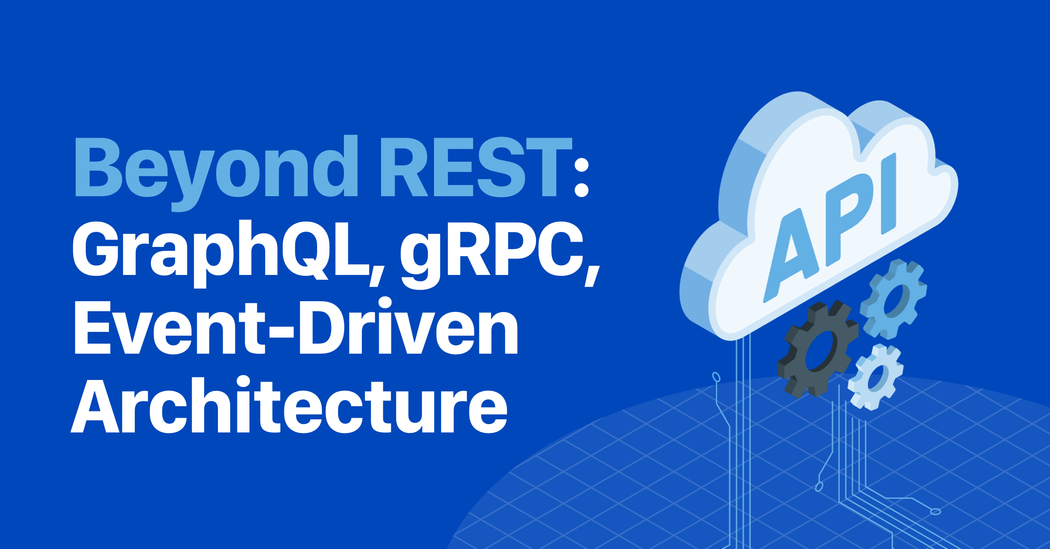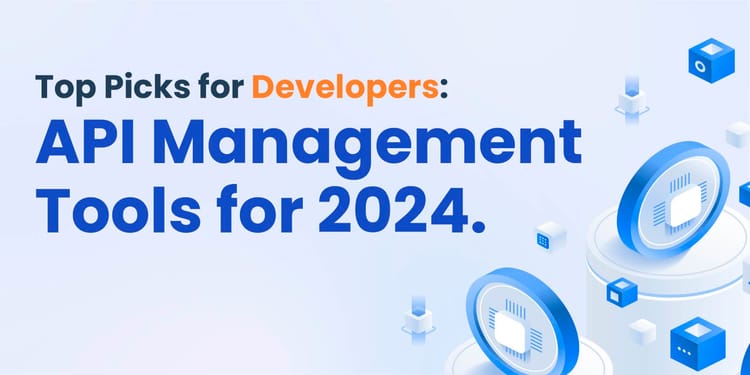Application Programming Interfaces (APIs) have become the core of modern software systems. While Representational State Transfer (REST) has long been the dominant API design paradigm, there are other patterns that can offer advantages over REST in certain scenarios. By understanding these patterns, you can make informed decisions when designing APIs that best suit your specific needs.
GraphQL
GraphQL is a flexible approach to getting your data. Unlike REST, which can require more than one request to retrieve the data you need, and then can end up giving you too much, GraphQL allows you to request exactly the data you need in one query by defining a schema. GraphQL also offers introspection, allowing clients to find out about available data and capabilities.

One of the key advantages of GraphQL is its ability to solve the over-fetching or under-fetching problem that REST can represent. With REST, APIs can return more data than required, leading to wasted network bandwidth and increased processing time. Conversely, REST may require multiple round trips to retrieve related data, causing performance bottlenecks. GraphQL eliminates these issues by allowing clients to request only the required data in a single query, improving efficiency and reducing network overhead.
gRPC
gRPC is both high-performance and language-agnostic. It uses Protocol Buffers for message serialization and efficient network communication. Unlike REST, which typically uses JSON or XML for data interchange, gRPC uses a binary protocol that offers increased speed and reduced payload size. This pattern supports bidirectional streaming, flow control, and built-in authentication.

gRPC's highly effective serialization makes it a great choice for performance-oriented applications. By using Protocol Buffers, gRPC achieves compact message sizes, reducing network bandwidth consumption. The bidirectional streaming capability enables real-time communication and efficient data synchronization between clients and servers. With built-in support for authentication and encryption, gRPC ensures secure communication within distributed systems. These features make gRPC ideal for scenarios where fast and secure data exchange is vital.
Event-Driven Architecture
Event-driven architecture (EDA) focuses on asynchronous communication and decoupling of system components. In this pattern, events are emitted when specific actions or changes occur within the system, and interested parties can subscribe to these events and react accordingly. EDA focusses on scalability, extensibility, and loose coupling between components, enabling real-time data processing, event sourcing, and event-driven workflows. It is particularly valuable in scenarios where real-time updates, event-based integrations, and reactive systems are required.

EDA enables systems to be more responsive and scalable by decoupling components through asynchronous event-based communication. Instead of tight coupling, where each component directly interacts with others, EDA allows components to communicate indirectly through events. This loose coupling makes it easier to scale and evolve the system without affecting other components. EDA is especially suitable for scenarios where real-time updates are crucial, such as real-time analytics, collaborative applications, or systems that require event-driven workflows.
While each of these offer advantages and disadvantages, it's important to compare them to make an informed choice for your specific use case for example:
Data Complexity: If your system deals with complex data structures or varying data requirements, GraphQL's flexible querying capabilities may be the most suitable choice. It allows clients to specify the exact data they need, avoiding over-fetching or under-fetching, but may also be too complex for your use case, and carries other overheads such as a requirement for understanding the query language.
Performance and Efficiency: If low latency and high throughput are essential, gRPC's binary protocol and optimized communication can provide significant performance benefits. It also offers features like bidirectional streaming, making it efficient for real-time communication, but may not be a viable option if you don’t have clients that can use gRPC, or you want to offer a public API that is easily readable
Scalability and Real-time Updates: If your system requires real-time updates, event-based integrations, and scalable workflows, adopting an event-driven architecture can ensure the responsiveness and extensibility needed. It enables loosely coupled components and supports event-based communication for real-time data processing. But conversely, the configuration and setup of this can be heavily weighted towards the backend - it's much easier to start with EDA than to add it later.
When designing APIs, REST is not the only option available. By exploring alternative API design patterns such as GraphQL, gRPC, and event-driven architecture, you can leverage their unique advantages to build more efficient, scalable, and responsive systems. Consider the data complexity, performance requirements, and real-time needs of your application to determine the most suitable pattern. Remember, the choice of API design pattern should align with your specific use case to maximize the potential benefits and deliver an exceptional user experience. By understanding and utilizing these patterns, you can unlock new possibilities in API design and empower your software systems to reach their full potential.






